Utah’s lack of suicide resources
Content Warning: This story deals with suicide/self harm. If you or someone you know are thinking of hurting yourself, call 988 Suicide and Crisis Hotline for help.
Utah has one of the highest rates in the United States for successful suicide attempts. Statistics based on Suicide Awareness Voices of Education show that there are approximately 1.2 million attempts per year and 26.2 per second nationwide. Of those attempts, an average of 275,000 survivors still need help.
Parker, a college student who chose to stay anonymous, was open to telling their story. Parker grew up in fear of peers in junior high because of their Middle Eastern heritage after 9/11 and was made fun of because of their interests outside of school.
Parker was left lonely after their friends got into relationships, and then they realized they were gay. It led to other cruelties about physical appearance and their parents disowning them.
Over the years, Parker has been struggling with an eating disorder and depression. Eventually, Parker’s parents began to reconcile their relationship, which became a relationship built on love.
Parker was emotionally and mentally abused to the point of their suicide attempt. In 2017, while in an abusive relationship, Parker attempted to take their own life one evening. They woke up in the hospital with their mother next to them.
Parker said that their past caught up to them, and the hurt and anger they felt, their mother also felt.
Parker was then admitted to the psych ward after conversing with a man who asked Parker questions about the suicide attempt. “It was an accident,” Parker said.
Parker spent three days in the ward without eating, only sleeping and crying until they were sent to University Neuropsychiatric Institute.
“At UNI, you weren’t locked up in a room like a prisoner,” Parker said. “You had a roommate and a community area with TVs and a balcony where you can get fresh air.”
Parker’s mom took them home after a week of staying at UNI due to insurance complications and fear of hospital bills.
Parker said the issue with their situation was that the hospital would not check on them since they didn’t have health insurance.
“The resources they provided at the facility were okay, but did anyone bother to check on me once? They knew I had no health insurance. Did they make follow-up calls? No,” Parker said. “They moved on, and if it had not been for my mom supporting me afterward, and my friends going to the home I shared with that abusive boyfriend and moving all my stuff for me to an apartment my parents rented for me, I don’t know how I would have recovered.”
Parker’s is a story of a failed attempt, a life saved, the resources that helped them, the ones that didn’t and what they wished they would have had during their struggle and along the way.
After their attempt, Parker fell in love and met their new spouse.
“If I had been successful in my attempt, I wouldn’t have been able to be there for this wonderful, amazing man, and I like to think of my failure as a success,” Parker said.
Parker said they still struggle with depression but no longer consider suicide an option. “It’s not even a second thought anymore,” Parker said.
There is a lack of accountability programs or support groups for individuals who had a failed attempt on their life. Medication and therapy are also hard to find for these individuals.
In Parker’s story, the flow of patients going in and out of the psych ward and UNI was so fast that they couldn’t adequately help them. If you lack health insurance, you are on your own.
Resources
According to the Centers for Disease Control and Prevention, suicide in Utah is the ninth-leading cause of death. For every attempt of suicide, there are four hospitalizations for failed attempts, eight emergency department visits, 27 self-reported suicide attempts and 275 people who seriously considered suicide.
There are many resources for family members, friends, or other loved ones of someone who has successfully died by suicide, but the lack of resources for an individual who failed at ending their life is alarming.
Not only do most of the support groups in Utah focus primarily on the people affected by the suicidal individual’s actions, but most individuals seeking counseling and medication are outside individuals.
“Most people who die by suicide in the U.S. did not make a previous attempt,” Harvard T.H. Chan and the School for Public Health said.
The Harvard article said nine out of 10 people who attempt suicide and survive would not go on to die by suicide at a later date.
The failed individual attempts are left to a half-successful system. That one person who will attempt again and succeed needs the resources the system lacks.
The creation of accountability programs where people are hired to routinely and sincerely check up on and encourage attempt survivors can be the most beneficial resource.
Whether the funding comes out of pocket, through insurance programs or even a form of nonprofit funding, the needs outweigh the costs.
An opportunity like this can allow the survivor to reevaluate themselves and be encouraged by someone not required to be a therapist.
If you or someone you know are thinking about hurting yourself, call 988 Suicide and Crisis Lifeline to get help.


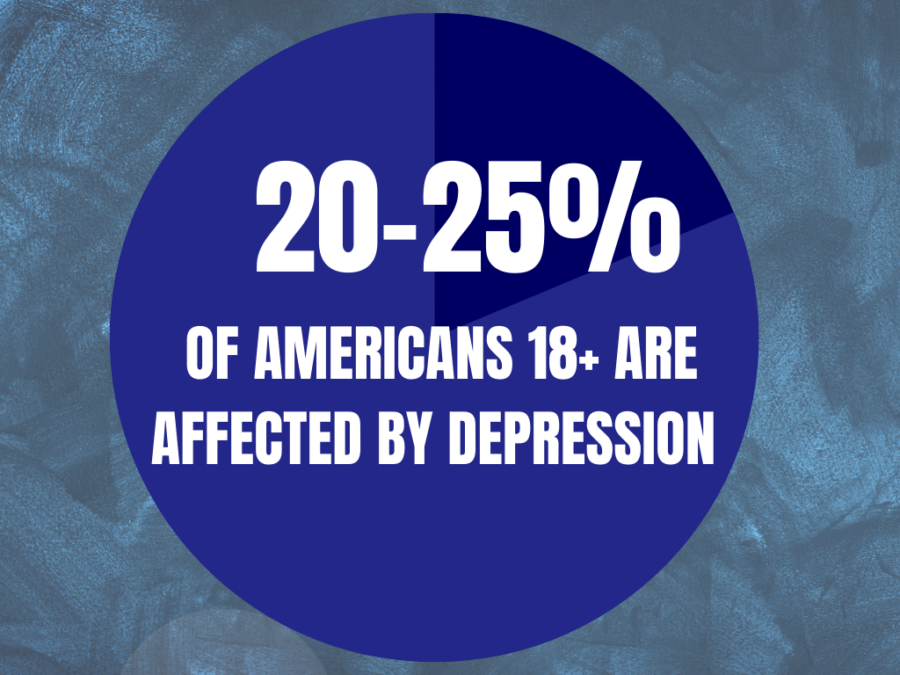





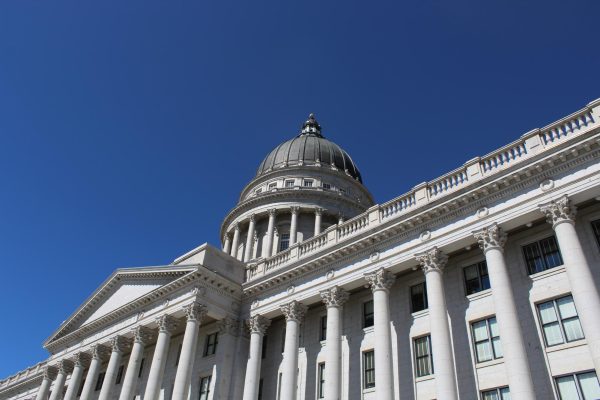
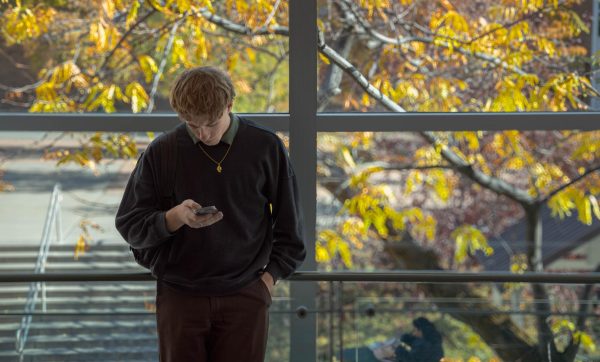

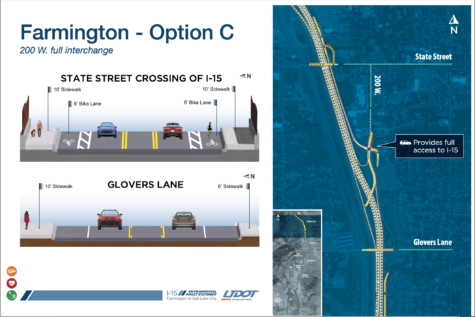
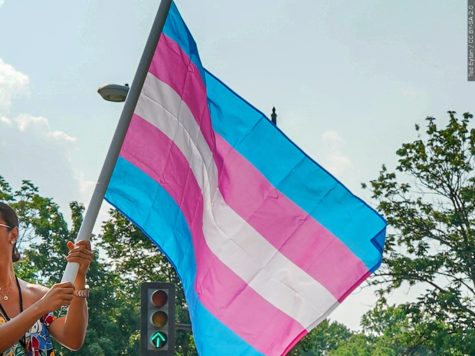
Kent H • Apr 18, 2023 at 8:07 am
What a dumb article. As a person living in Utah I expected to see something of substance about Utah. As a person that has had loved ones commit suicide in Utah I expected more. The story told isn’t about someone from Utah and nearly every source sited is from someplace other then Utah. If the article is going to be about Utah then why not include actual information from Utah.